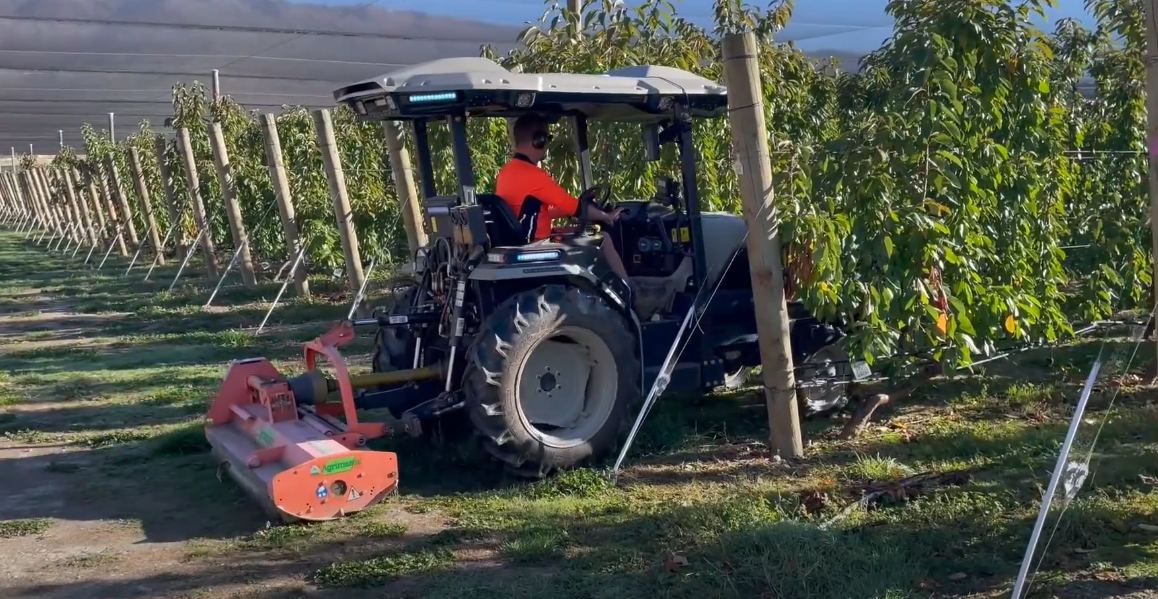Electric tractors have started to move from concept to reality in certain markets overseas. Farmers in Europe and Asia, where fuel costs are higher and government support is stronger, are experimenting with small electric machines, especially for specialty crops and lighter field work. In those regions, subsidies and incentives make adoption more appealing, while smaller farms often require less horsepower and fewer hours of operation each day. This combination creates the right environment for early use.
In the United States, the story is different. Here, farmers operate some of the largest machinery in the world, often running long hours across hundreds or thousands of acres. Diesel tractors are built for that kind of heavy lifting, while electric models today simply cannot match the same power and endurance. A Michigan State project recently noted that while an electric tractor can handle basic tasks, it falls short in major field work such as tillage. Farmers also pointed out that large battery packs reduce clearance and limit versatility.
Beyond performance, cost remains a significant hurdle. Electric tractors come with a steep price tag, and the infrastructure to support them is largely missing in rural America. Diesel and propane distribution is well established, while charging stations or mobile power units for farm equipment are almost nonexistent. Without meaningful financial incentives or subsidies, most farmers are unwilling to make the leap. There are also concerns about repair, battery replacement, and resale value, since the support network for electric machines is still in its infancy.
That said, there are certain niches in the U.S. where electric tractors are more likely to take hold. Small farms, orchards, vineyards, and organic operations may be among the first to adopt. These settings favor machines that run shorter hours, don’t require massive horsepower, and benefit from the quieter operation of electric motors. Farmers who already have solar or wind power on site may also see electric tractors as a way to make use of their renewable energy while reducing fuel logistics.
Despite the challenges, electric tractors do have potential advantages. They are quieter, produce less vibration, and offer instant torque with smoother response. The absence of fuel storage and handling simplifies logistics, and in some cases maintenance could be easier thanks to fewer moving parts. Electric power also integrates naturally with automation, making these tractors a potential fit for the wave of autonomous equipment now being developed.
For electric tractors to gain broader traction in the U.S., several developments will be necessary. Battery technology needs to improve in terms of energy density and charging speed. Infrastructure for charging will need to expand into rural areas. Farmers will also need clear proof that the overall economics make sense when compared to diesel machines. And perhaps most importantly, a service and resale ecosystem will need to grow so that farmers feel supported when repairs or upgrades are needed.
In the near term, electric tractors in the United States will likely remain limited to smaller, specialized operations. But as technology advances and support systems grow, they could slowly carve out a larger role. The potential is there, yet for now the trusty diesel still reigns supreme across most of America’s farmland.
Feature image source: How the electric Monarch tractor drives sustainable farming forward…


Leave a Reply